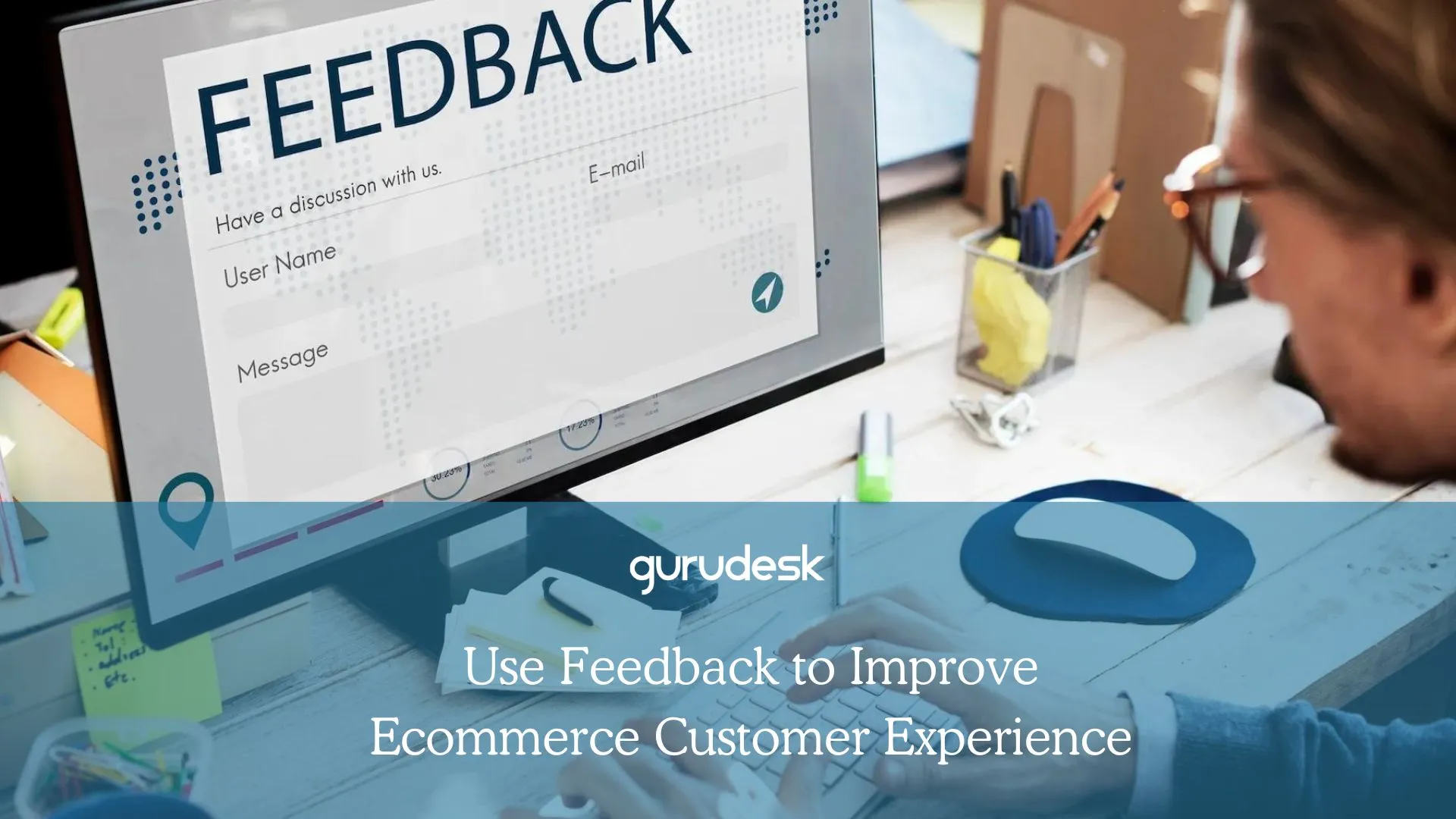
How to Start Small Businesses: When it comes to establishing your own business, careful planning and preparation are needed.
In order to better understand the field you’re delving into, conducting market research is necessary to identify competitors, target audiences, and company viability. Market research also reveals customer behavior, market trends, and product demands.
Business goals lay the foundation for your success story. In order to best start, choose your small business goals: financial ability, expansion, or community impact.

These SMART goals assist in making better decisions and staying focused.
How to Start Small Businesses: Planning
As with everything, organization is key. A well-structured business outlines your goals, target audience, marketing strategies, operational processes, and financial projections.
The executive summary, company overview, market analysis, marketing plan, organizational structure, and cash flow projections are all essential parts of a complete business plan.
Step 1. Establish a Legal Structure
Another crucial component of your small business is choosing the right legal structure. The most common options include sole proprietorship, partnership, limited liability company (LLC), and corporation.
It’s best to consult with a business attorney or an accountant to determine the necessary and best legal structure for your business needs. Failing to meet the necessary legal obligations will therefore result in fines, penalties, or even the closure of your business.
How to Start Small Businesses – Register Your Business
The pros of registering your business: It ensures that you operate legally and is able to protect your brand identity. The way this works is that you need to register your small business with the appropriate government agencies.
- Choosing a business name
- Fill the necessary paperwork (local, state, or federal authorities)
How to Start Small Businesses – Obtain Permits and Licenses
Location and type of business determine whether permissions and licenses are necessary. Learn what is expected of you in your field, then apply for the appropriate licenses and permits.
How to Start Small Businesses – Secure Intellectual Property Rights
The key to long-term success is diligently guarding your intellectual property. Trademarking your company’s name, logo, or distinctive product designs might stop competitors from using them without your consent.
You should also think about getting patents to protect your intellectual property if your company deals with creative ideas or technologies.

Step 2. Financing
It may be difficult to raise the initial funds needed to establish a small business. You can acquire the funds necessary to make your business concept a reality by investigating multiple funding opportunities, such as:
- Self funding
- Small business loans
- Crowdfunding
- Angel investors
- Venture capitalists
Step 3. Marketing and Sales
Understanding your target market helps you create effective marketing messages and reach the proper audience. Your ideal customers’ demographics, tastes, and behaviors Market research, surveys, and competitive analysis can inform marketing tactics.
A detailed marketing plan outlines your advertising efforts. Social media, email, content, SEO, paid advertising, events, and partnerships may be part of this plan.
Once you better understand your target audience, you can build your journey customer experience to better lay the foundation of the purchasing journey.

Step 4. Content Marketing
Content marketing entails developing and sharing valuable and relevant information to engage your target audience. Post articles, films, infographics, and anything else that educates, entertains, or solves problems.
Social Media optimization is necessary to rank higher on search engines. Create shareable material on relevant social media channels, as this creates engagement and allows for a showcase of brand identity through advertising and influence collaboration.
Step 5. Branding
Small businesses need powerful branding, which includes:
Defining brand values, missions, and USPs. Find out why customers should choose your business over the competition. Make sure your brand message resonates with your target demographic across all marketing channels.
Customer retention depends on branding. Create an appealing logo, brand colors, and consistent messaging across all marketing mediums. Strong brands establish trust and set your firm apart.
A striking logo helps build brand recognition. Create a brand-appropriate logo with a graphic designer or internet tools. Design your logo using color psychology, typography, and scalability.

Create a style guide for logo, color, font, and voice usage. Consistency across your website, social media, packaging, and marketing materials strengthens your brand’s identity.
Build Brand Awareness
Engage your audience to raise brand exposure. Promote your brand via social media, content marketing, influencer collaborations, and PR. To develop credibility, encourage customer reviews, testimonials, and referrals.
Step 6. Create an Effective Sales Strategy
Your sales strategy outlines how you will convert leads into paying customers. Train your sales team, equip them with the necessary resources, and establish sales targets.
Consider leveraging technology to streamline sales processes, such as customer relationship management (CRM) software, sales automation tools, and e-commerce platforms.
How to Start Small Businesses: Business Growth
Once your small business is established, focusing on growth becomes a top priority. Implement strategies to expand your customer base, increase revenue, and scale your operations.
Here’s how to do it:
Expand Your Product or Service Offerings
Diversifying your product or service offerings can attract new customers and increase sales. Conduct market research to identify customer needs and preferences that align with your business’s capabilities.
Develop new offerings or explore partnerships with complementary businesses to expand your product line.

Online Presence
Establishing a strong online presence is essential in today’s digital age. Here are some key elements to consider:
Build a Professional Website
A well-designed and user-friendly website is the cornerstone of your online presence. Invest in professional web design and development to create a visually appealing and functional website.
If you’re looking for a trustworthy CMS or Content Management System, we recommend you start with WordPress and if you need any help developing your site, you know you can rely on GuruDesk for Guru web hosting, development, and design!
Implement Search Engine Optimization (SEO)
Optimize website for search engines by incorporating relevant keywords, meta tags, and compelling content. Focus on creating valuable and informative content that resonates with your target audience.
SEO techniques help your website rank higher in search engine results pages. Research keywords relevant to your business and incorporate them naturally into your website’s content.
How to Start Small Businesses
Planning ahead, knowing your legal obligations, putting together a solid marketing and sales plan, and keeping your eye on the growth target are all essential when launching a small business.
You may improve your chances of creating a successful and long-lasting small business by adhering to these guidelines and remaining true to your idea.
Join the GuruDesk community and be among the first ones to discover the hottest trends in web services! We are a team of web experts and we love sharing our knowledge and experience with our readers! We share tips and tricks on a wide range of topics, including web development, cloud services, and hosting. Whether you are a seasoned pro or just starting out, we promise you will find valuable information here. So go ahead, hit that “Subscribe” button and let the fun begin!






